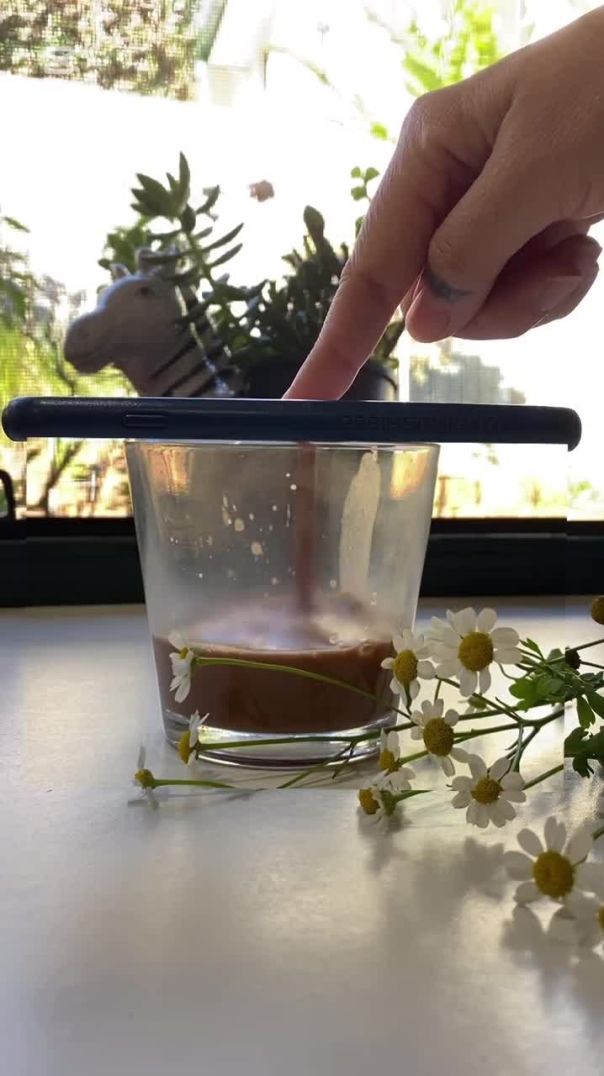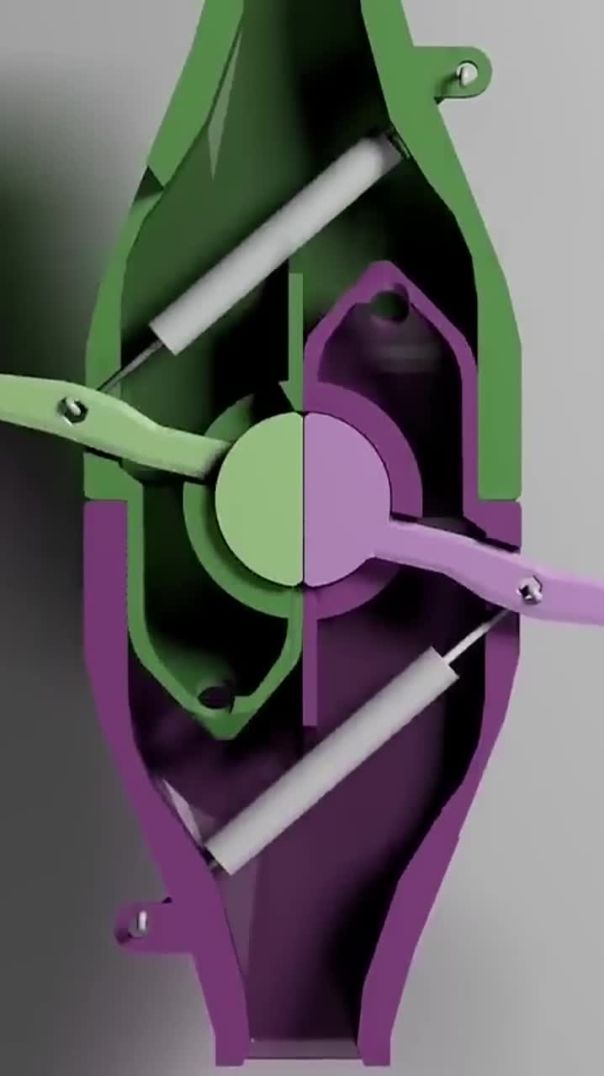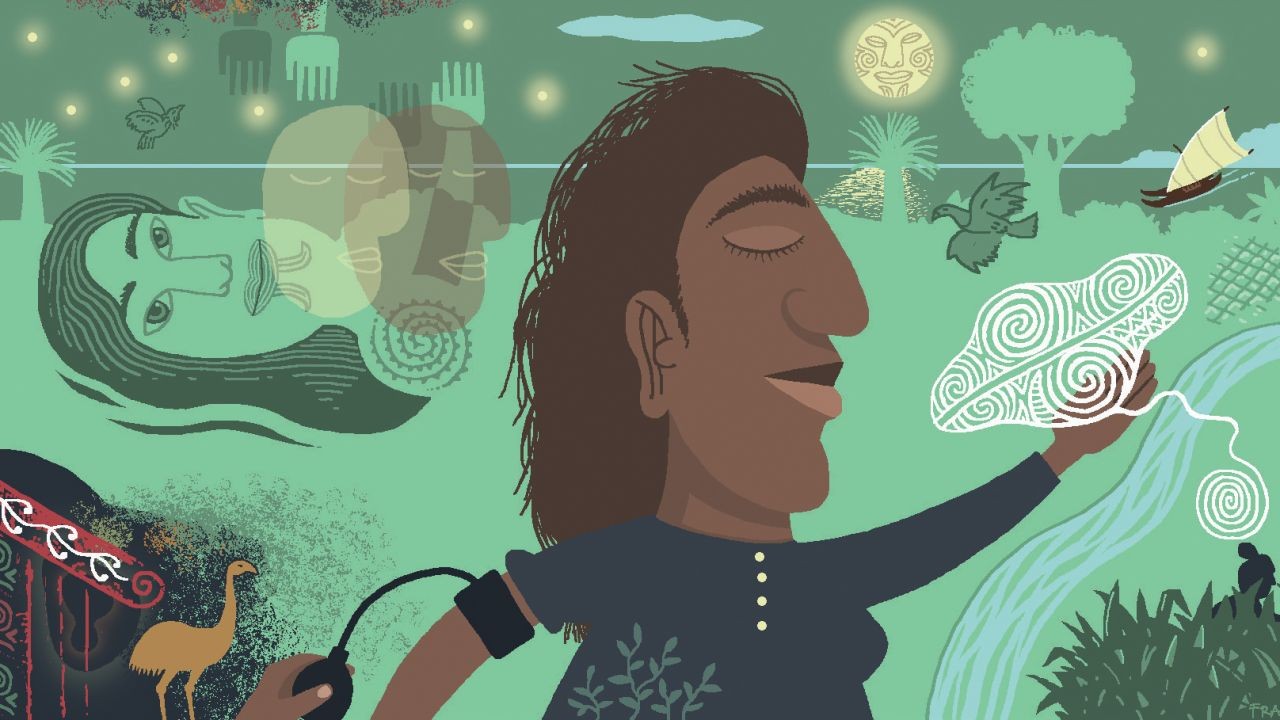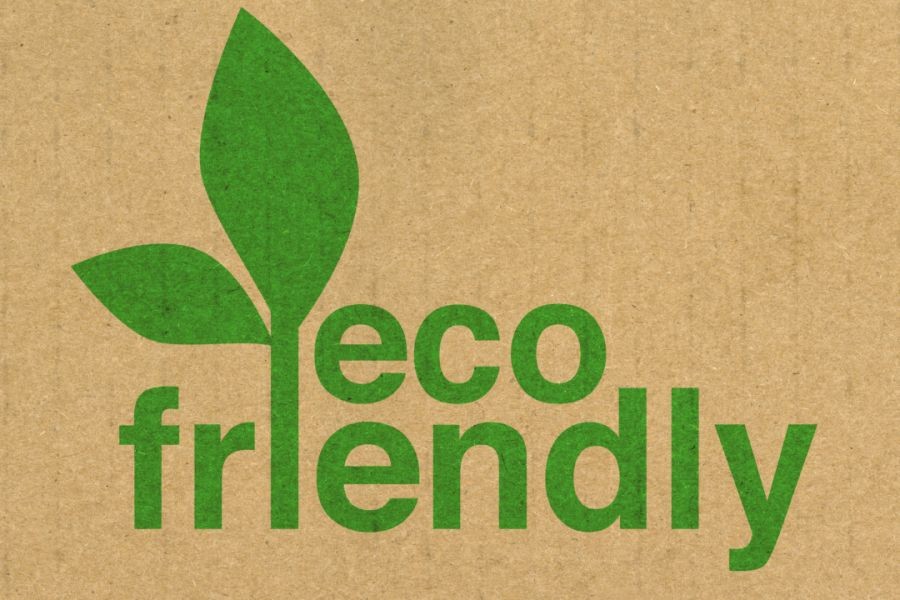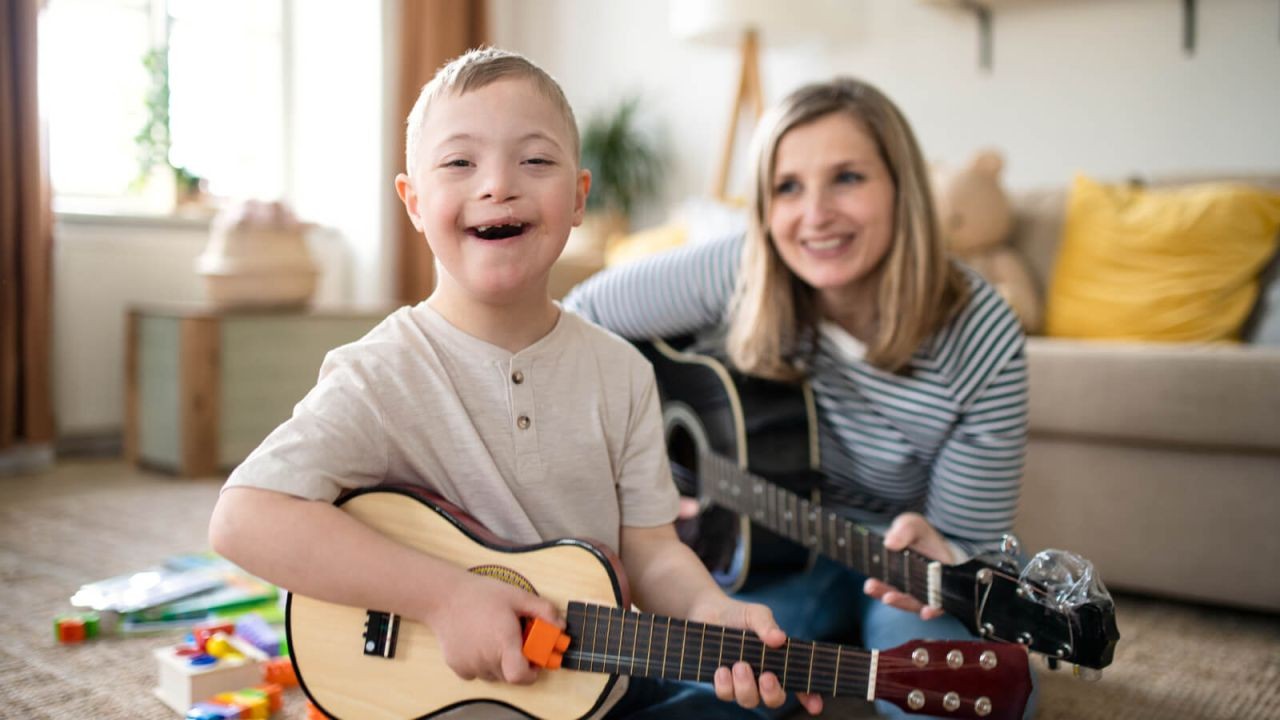Introduction:
“We get the broken bodies. The system keeps the funding.” This blunt reality echoes across Aotearoa’s Māori health sector, where iwi and Māori-led providers are left to manage the devastating impacts of addiction, trauma, and housing insecurity—failures rooted in the colonial legacy that still haunts New Zealand today.
Despite decades of promises, Māori health providers remain chronically underfunded and overstretched, forced to operate within a system built on colonial frameworks that clash with tikanga Māori — the cultural values and practices at the heart of holistic wellbeing. As fentanyl and other addictions surge through whānau, and housing shortages deepen despair, these frontline services are both lifelines and last resorts.
This article dives deep into how Māori health systems are navigating this complex crisis, revealing the tensions between traditional care philosophies and a colonial health system struggling to keep pace. It also highlights inspiring Māori-led innovations striving to reclaim health sovereignty and restore mana to communities long left behind.
Part 1: The Weight of History on Māori Health
To understand the state of Māori health today, we must first confront the deep and lasting impacts of colonisation. The arrival of British settlers in Aotearoa brought not only new diseases but also profound disruptions to Māori social structures, land ownership, and cultural practices—foundations critical to health and wellbeing.
Colonisation’s Legacy
Land Loss: The confiscation and alienation of Māori whenua severed spiritual and physical connections essential to identity and health. Land was not just property; it was the source of life, food, and cultural continuity.
Introduction of Disease: Epidemics of measles, influenza, and tuberculosis decimated populations, compounding trauma and weakening whānau structures.
Displacement and Poverty: Forced urbanisation and poverty created environments rife with overcrowding, poor housing, and limited access to resources.
Cultural Suppression: Policies aimed at eradicating te reo Māori and tikanga undermined the protective factors that fostered resilience.
Impact on Health Outcomes
These historic traumas have shaped generations of Māori experiences with health systems. Today, Māori experience:
Higher rates of chronic illness such as diabetes, heart disease, and respiratory conditions
Disproportionate exposure to mental health challenges and addiction
Shorter life expectancy compared to non-Māori
Intergenerational Trauma
Health challenges for Māori are not isolated events but symptoms of intergenerational trauma—pain passed down through families, compounded by ongoing systemic inequities. The Crown’s historical actions set in motion cycles of hardship that Māori health providers are now working tirelessly to heal.
Part 2: The Double Burden: Addiction and Housing Crisis in Māori Communities
For many Māori whānau, the challenges of addiction and housing insecurity are deeply intertwined, forming a double burden that compounds health disparities and social instability. These two crises feed into each other, creating a cycle of hardship that Māori health providers are relentlessly trying to break — often with limited resources and support.
The Addiction Crisis: More Than Substance Abuse
Addiction in Māori communities is not just about individual choices; it is a symptom of historical trauma, systemic inequities, and social marginalisation. The intergenerational effects of colonisation, loss of land and culture, poverty, and racism contribute to higher rates of substance misuse, including alcohol, methamphetamine (P), and now fentanyl.
Fentanyl’s devastating impact is acutely felt in Māori communities, where it has contributed to a sharp rise in overdose deaths and poisoning cases. The drug’s potency and availability exacerbate existing vulnerabilities.
Alcohol and methamphetamine remain prevalent, often linked with family violence, mental health issues, and unemployment.
Addiction is closely connected with unresolved trauma, including whānau disruption, historical loss, and the stress of socio-economic disadvantage.
Housing Instability: The Foundation of Health and Wellbeing
Safe, stable, and warm housing is a cornerstone of wellbeing. Yet Māori are disproportionately affected by inadequate housing conditions and homelessness:
According to Statistics NZ, Māori are nearly three times more likely to live in overcrowded homes compared to non-Māori.
Overcrowding and substandard housing contribute to respiratory illnesses, infectious diseases, stress, and poor mental health.
Housing insecurity worsens when addiction disrupts whānau income and stability, leading to evictions, temporary shelters, and rough sleeping.
How Addiction and Housing Challenges Interact
Addiction and housing instability create a vicious cycle:
Unstable or unsafe housing increases stress and trauma, often triggering or worsening substance misuse.
Addiction can lead to job loss, financial hardship, and family breakdown, making it harder to maintain or secure housing.
Whānau dealing with addiction often face social stigma and discrimination in housing markets and health systems.
This interplay deepens marginalisation and limits the capacity of whānau to recover, impacting not only individuals but whole communities.
The Impact on Whānau and Community
The consequences ripple through whānau:
Children grow up in unstable environments, affecting their education, mental health, and development.
Caregivers struggle to support family members caught in cycles of addiction without adequate external support.
The collective trauma compounds, affecting social cohesion and cultural continuity.
Māori health providers understand this holistic view, treating addiction and housing as interconnected challenges requiring culturally grounded, whānau-centred solutions.
Māori Health Providers on the Frontline
Iwi and Māori-led health organisations often provide wraparound services addressing both addiction and housing needs, including:
Harm reduction programmes tailored to Māori realities
Whānau-led addiction counselling integrating tikanga
Emergency housing support and advocacy
Community outreach and education
Despite their commitment, these providers face immense demand with limited funding, relying on strong community networks and innovation to fill gaps left by mainstream services.
Part 3: Underfunding and Fragmentation of Māori Health Providers
Despite being at the frontline of the health crisis facing Māori communities, iwi and Māori-led health providers operate within a system marked by chronic underfunding and fragmentation. These organisations bear the heavy responsibility of delivering culturally appropriate, holistic care to whānau battling addiction, housing insecurity, and the legacies of trauma — yet their resources rarely match the scale of need.
Chronic Underinvestment
Government funding for Māori health services has historically been insufficient and inconsistent. While Māori make up roughly 17% of the New Zealand population, health funding allocations often fall short of equitable distribution:
Many iwi providers rely on short-term contracts or project-based funding, making long-term planning difficult.
Essential services like addiction treatment, mental health support, and housing assistance are frequently under-resourced.
Māori health providers often must stretch limited funds to cover multiple interconnected needs within their communities.
This funding gap forces providers to make impossible choices, such as prioritising immediate crisis interventions over preventative or whānau-centred programmes.
Fragmentation and Complexity of the System
The health system in New Zealand is complex and fragmented, with multiple agencies, providers, and bureaucracies involved. For Māori health providers, navigating this landscape can be challenging:
Lack of coordination between DHBs (District Health Boards), iwi organisations, NGOs, and government agencies hampers service delivery.
Funding streams are often siloed by condition or service type, rather than addressing holistic whānau needs.
Complex reporting requirements consume valuable time and resources, detracting from frontline care.
This fragmentation undermines the ability of Māori health providers to offer seamless, integrated services aligned with tikanga and whānau aspirations.
The Burden on Māori Health Workers
Māori health professionals working in these organisations face immense pressures:
High caseloads with complex social and health issues
Limited access to professional development or culturally specific training
Emotional and physical burnout due to working within stretched systems
Responsibility to uphold cultural safety and quality care under difficult circumstances
Despite these challenges, Māori health workers remain deeply committed to their communities, often going above and beyond to provide care rooted in cultural values.
Calls for Systemic Change
Māori leaders and health advocates consistently call for:
Increased, sustained funding that reflects Māori population needs
Simplification and alignment of funding and reporting processes
Greater Māori decision-making and tino rangatiratanga over health services
Strengthening of partnerships between government and iwi providers
Without such reforms, the risk remains that Māori health providers will continue to be overwhelmed, limiting progress toward equity and wellbeing.
Part 4: Tikanga vs. Colonial Models: Clash of Care Philosophies
At the heart of the struggle facing Māori health systems lies a profound philosophical clash: the holistic, relational worldview of tikanga Māori versus the clinical, individualistic framework of the mainstream colonial health system.
Tikanga Māori: A Holistic Approach to Wellbeing
Tikanga Māori embodies a view of health that is deeply interconnected and collective, encompassing four key dimensions:
Taha tinana (physical health)
Taha hinengaro (mental health)
Taha wairua (spiritual health)
Taha whānau (family and social wellbeing)
Healing is not limited to symptom treatment but involves restoring balance across these dimensions, grounded in whakapapa (genealogy), whenua (land), and community. Care is relational, nurturing connections between people, place, and spirit.
The Colonial Health Model: Fragmented and Clinical
In contrast, New Zealand’s mainstream health system largely operates within a biomedical model:
Focus on diagnosing and treating physical symptoms
Separation of mental health from physical health care
Individual treatment plans detached from wider whānau or community contexts
Institutional protocols often prioritising efficiency over cultural safety
This approach can feel alienating to Māori patients and providers, as it sidelines cultural identity and collective wellbeing.
Real-World Consequences of the Clash
The mismatch leads to practical barriers:
Māori patients may distrust or disengage from health services that don’t acknowledge their cultural values.
Clinical settings may lack cultural safety training or resources, resulting in inadequate care or miscommunication.
Important aspects like wairua and whānau involvement are frequently overlooked in treatment plans.
Services designed without Māori input risk perpetuating systemic inequities.
Bridging the Gap: Embracing Tikanga in Health Care
Efforts to integrate tikanga into health services include:
Culturally responsive assessment tools
Inclusion of kaumātua (elders) and whānau in care planning
Māori-led health models like Whānau Ora that focus on holistic wellbeing
Training for health professionals in cultural competence and safety
These initiatives demonstrate that tikanga and clinical care can coexist, offering more effective, respectful, and empowering health experiences for Māori.
Part 5: The Rise of Fentanyl: A New and Deadly Threat
In recent years, fentanyl has emerged as one of the most dangerous substances impacting New Zealand communities, with Māori disproportionately affected. This synthetic opioid, many times stronger than morphine or heroin, has dramatically increased overdose deaths and challenged existing addiction services, exposing vulnerabilities in health systems and social supports.
What Is Fentanyl?
Fentanyl is a potent opioid prescribed medically for severe pain but increasingly trafficked illegally. Its high potency means even tiny amounts can cause fatal overdoses, making it far more dangerous than traditional opioids.
The Impact on Māori Communities
Māori are overrepresented in overdose statistics, reflecting wider patterns of health inequity and social disadvantage.
Fentanyl’s presence in the drug supply is often unrecognised until after an overdose, increasing risks.
Many users are unaware they are consuming fentanyl, as it is often mixed with other substances like methamphetamine or heroin.
The rise in fentanyl use exacerbates existing addiction issues, placing extra strain on Māori health providers already stretched thin.
Challenges for Health and Social Services
Standard addiction treatment models are often not equipped to address the complexity and immediacy of fentanyl-related harms.
There is a pressing need for harm reduction strategies such as increased availability of naloxone (an opioid overdose antidote), supervised consumption sites, and targeted education.
Māori health providers face difficulties in accessing funding and resources specific to fentanyl crises.
Social determinants like poverty, housing insecurity, and trauma compound vulnerabilities to fentanyl addiction and overdose.
Community Responses and Innovations
Despite these challenges, many Māori organisations are leading culturally grounded responses:
Whānau-centred addiction recovery programmes incorporating tikanga Māori.
Outreach initiatives distributing naloxone kits and providing education on fentanyl risks.
Advocacy for policy change to support harm reduction and resource allocation.
Strengthening community connections to build resilience and support for those affected.
The Urgency of a Coordinated Response
Addressing fentanyl’s impact requires urgent, coordinated efforts that respect Māori sovereignty and holistic health models. This includes:
Collaborative partnerships between government, iwi, and health providers.
Adequate funding for Māori-led harm reduction and recovery programmes.
Incorporation of tikanga Māori principles in all interventions.
Tackling underlying social inequities that fuel addiction.
Part 6: Whānau on the Frontlines: Stories from Māori Health Workers
Behind every statistic and health outcome are the real people who serve Māori whānau daily—dedicated Māori health workers, social workers, and community advocates who face the complexities of addiction, trauma, and housing insecurity head-on. Their stories reveal the resilience, challenges, and deep commitment driving Māori-led health efforts.
Walking the Tough Road
Māori health workers often carry dual roles—professionals and community members—navigating the delicate balance between cultural obligations and systemic pressures.
Emotional Toll: Many describe the emotional exhaustion from supporting whānau through repeated crises, loss, and grief. Burnout is common as the demand often outpaces resources.
Cultural Connection: For many, their work is more than a job; it is a calling rooted in whakapapa and tikanga. This connection motivates them to keep fighting despite setbacks.
Navigating Systems: Workers frequently act as bridges between Māori clients and mainstream services, advocating for cultural safety and equitable treatment.
Voices from the Field
“We don’t just treat symptoms. We work with the whole whānau — their history, their pain, their hopes. It’s exhausting but it’s also the only way.”
— Mereana, addiction counsellor, Tāmaki Makaurau
“When funding runs out, the people don’t stop needing help. We patch the gaps with aroha, but it’s not enough.”
— Hemi, community outreach worker, Waikato
“Seeing someone recover using tikanga-based healing is powerful — it reminds me why this mahi matters.”
— Anahera, kaumātua and health advocate, Whanganui
Innovative Approaches on the Ground
Māori health workers are driving innovative programmes, such as:
Whānau Ora models focusing on collective healing and empowerment
Peer support networks that reduce stigma and foster trust
Integrating traditional healing practices alongside clinical care
Community education campaigns on addiction and housing rights
The Need for Support and Recognition
Despite their vital role, Māori health workers often face:
Low pay relative to the intensity of work
Limited access to professional development that blends clinical and cultural knowledge
Insufficient recognition within the wider health system
Recognising and supporting these frontline whānau is crucial to sustaining and scaling Māori health initiatives.
Part 7: Systemic Barriers: Bureaucracy, Racism, and Policy Failures
Māori health providers and whānau face systemic barriers rooted in colonial structures that perpetuate inequity, obstruct effective care, and exacerbate the impacts of addiction, trauma, and housing crises. These barriers extend beyond funding shortages, deeply entrenching disparities within New Zealand’s health and social systems.
Bureaucratic Complexity and Red Tape
Navigating multiple government agencies, funding streams, and reporting requirements can overwhelm Māori health organisations:
Fragmented services require providers to coordinate across health, housing, social development, and justice sectors.
Inflexible funding models often restrict how resources can be used, limiting providers’ ability to deliver holistic care.
Time-consuming administrative tasks divert precious staff time away from frontline support.
Institutional Racism and Cultural Invisibility
Racism remains a pervasive barrier within health and social services:
Māori often experience implicit bias, stereotyping, and discrimination, undermining trust and access to care.
Services designed without Māori consultation fail to reflect cultural values and needs.
Lack of representation of Māori professionals in decision-making roles limits culturally appropriate policy and practice.
Policy Failures and Broken Promises
Despite government commitments to partnership under Te Tiriti o Waitangi, Māori continue to experience:
Delays and gaps in implementing strategies that address Māori health inequities.
Policies that inadequately address social determinants like housing and poverty.
Insufficient recognition of tino rangatiratanga (self-determination) over health and social services.
Impact on Whānau and Providers
These systemic issues result in:
Whānau falling through gaps between services.
Increased mistrust of mainstream systems.
Additional pressure on Māori health providers to fill systemic voids without adequate support.
Calls for Transformation
Māori leaders and advocates call for:
Health system reform embedding Te Tiriti principles at all levels.
Anti-racism training and accountability across health and social sectors.
Co-designed policies and programmes ensuring Māori leadership and self-determination.
Simplified, flexible funding models empowering Māori providers to deliver integrated care.
Part 8: Innovative Māori-Led Solutions and Successes
Amid the challenges faced by Māori health systems, there is inspiring evidence of resilience, creativity, and success led by iwi, hapū, and Māori organisations. These initiatives embrace tikanga Māori, empower whānau, and offer holistic care models that contrast sharply with mainstream approaches.
Whānau Ora: A Transformative Framework
One of the most significant Māori-led innovations is Whānau Ora, a government-supported approach that places the whole whānau at the centre of health and social service delivery. It focuses on:
Strengthening whānau autonomy and decision-making
Addressing social determinants of health like housing, education, and employment
Integrating health, social, and cultural services under one umbrella
Emphasising culturally grounded, strength-based approaches
Whānau Ora has improved access, engagement, and outcomes by respecting Māori values and building capacity within communities.
Community-Led Harm Reduction
Māori organisations are pioneering harm reduction programmes tailored for their communities:
Distribution of naloxone kits and overdose prevention education
Peer support networks reducing stigma and encouraging recovery
Safe spaces incorporating tikanga for healing and relapse prevention
These programmes recognise addiction as a health issue requiring compassion, cultural connection, and practical support.
Housing Initiatives Rooted in Whānau
Innovative housing projects led by Māori providers focus on:
Transitional housing that supports recovery and reunites whānau
Incorporating cultural design principles to foster identity and wellbeing
Advocacy for tenants’ rights and equitable access to social housing
Such initiatives address the intertwined crises of addiction and homelessness with dignity and cultural affirmation.
Māori Mental Health and Wellbeing Programmes
Programmes that incorporate Māori concepts of hauora (wellbeing) and manaakitanga (care) have shown success in:
Reducing mental health stigma
Supporting trauma-informed care
Building resilience through connection to whakapapa and whenua
These models illustrate the power of culture as a foundation for healing.
Partnerships and Collaborations
Successful Māori health initiatives often emerge through partnerships between iwi, NGOs, and government agencies that respect Māori leadership and self-determination.
Part 9: The Role of Government: Funding, Partnership, and Accountability
Government action is crucial in addressing the complex health and social crises impacting Māori communities. Yet, the effectiveness of policies and funding largely depends on genuine partnership with Māori, adequate resources, and accountable implementation.
Funding: Beyond Numbers
Despite some increases, Māori health providers remain underfunded compared to the scale of need.
Funding often comes with restrictive conditions limiting flexibility to meet local priorities.
Long-term, stable funding is essential for sustained impact rather than short-term, project-based grants.
Partnership Under Te Tiriti o Waitangi
The Treaty promises a partnership based on mutual respect and tino rangatiratanga (self-determination):
Genuine partnership requires Māori leadership in decision-making at all levels.
Policies must reflect Māori perspectives and uphold cultural values.
Co-design and co-governance frameworks strengthen trust and relevance.
Accountability and Transparency
Clear monitoring and reporting on Māori health outcomes are needed to ensure progress.
Mechanisms to address systemic racism and discrimination must be enforced.
Whānau and communities should have meaningful roles in evaluating programmes and services.
Gaps and Challenges
Fragmentation across government departments leads to inconsistent approaches.
Policy implementation delays and insufficient resourcing undermine ambitions.
Political shifts can disrupt continuity and focus on Māori health priorities.
Opportunities for Improvement
Increased investment in Māori-led models such as Whānau Ora.
Strengthening data sovereignty to inform targeted interventions.
Enhancing workforce development with a focus on Māori health professionals.
Embedding cultural competency in all health and social services.
Part 10: Moving Forward — Restoring Mana and Wellbeing for Whānau and Communities
The challenges facing Māori health systems—addiction, housing crises, underfunding, and systemic barriers—are profound, but they are not insurmountable. The path forward lies in restoring mana (authority, dignity) and wellbeing through approaches grounded in tikanga Māori and genuine partnership.
Embracing Tino Rangatiratanga
True progress depends on self-determination—enabling iwi, hapū, and Māori communities to lead their own health solutions. This means:
Strengthening Māori governance and decision-making in health services.
Recognising Māori data sovereignty to inform responsive policies.
Supporting Māori workforce development and leadership.
Investing in Whānau-Centred Care
Effective health solutions must:
Treat whānau, not just individuals, as the unit of care.
Integrate physical, mental, spiritual, and social wellbeing.
Prioritise culturally grounded healing and resilience-building.
Addressing Social Determinants
Health cannot improve without tackling:
Housing insecurity and homelessness.
Poverty and unemployment.
Education and early childhood development.
Government, iwi, and communities must collaborate on holistic strategies that lift these underlying conditions.
Building Strong Partnerships
Success requires:
Authentic Treaty-based partnerships between Crown and Māori.
Co-designed policies and transparent accountability.
Adequate, sustained funding matched to community needs.
A Vision for the Future
Imagine a New Zealand where:
Māori whānau thrive in safe homes, free from addiction and trauma.
Health systems uphold tikanga and cultural values as foundational.
Māori health providers are fully resourced and empowered to lead.
The Crown honours Te Tiriti promises with genuine equity and respect.
Conclusion
The legacy of colonisation continues to cast a long shadow over Māori health, creating complex crises that fall heavily on Māori communities and health providers. Yet, in the face of fentanyl, addiction, housing insecurity, and systemic barriers, Māori resilience shines through innovative, culturally grounded solutions that restore mana and wellbeing.
It is time for Aotearoa to truly listen—to invest, partner, and act with integrity. When Māori health systems are supported to heal whānau and reclaim tino rangatiratanga, the whole nation benefits.
Call to Action
For policymakers: Commit to genuine partnership, sustained funding, and health system reform centred on Māori leadership.
For health providers: Embrace tikanga, cultural safety, and holistic models of care.
For communities: Support Māori-led initiatives and foster open conversations about addiction and wellbeing.
For all New Zealanders: Recognise the ongoing impact of colonisation and advocate for equity and justice.
Together, we can turn the tide—from broken bodies to thriving whānau.




